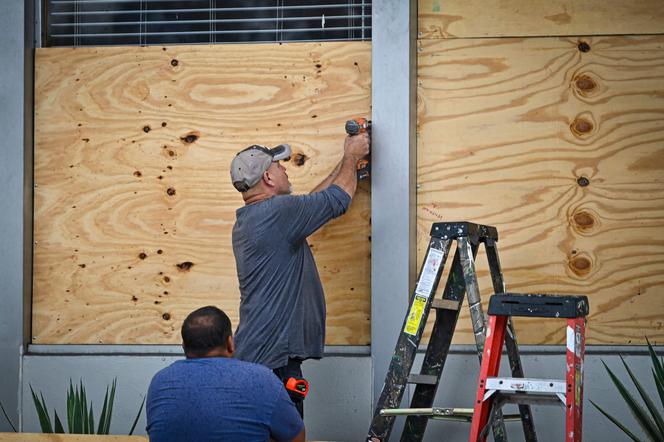


Florida residents living in vulnerable coastal areas were ordered to pack up and leave Tuesday, August 29, as Hurricane Idalia gained steam in the warm waters of the Gulf of Mexico and threatened to unleash life-threatening storm surges and rainfall.
Idalia also pummeled Cuba with heavy rains on Monday and Tuesday, leaving the tobacco-growing province of Pinar del Rio underwater and many of its residents without power.
Idalia had strengthened to a Category 2 system on Tuesday afternoon with winds of 100 mph (155 kph). The hurricane was projected to come ashore early Wednesday as a Category 3 system with sustained winds of up to 120 mph (193 kph) in the lightly populated Big Bend region, where the Florida Panhandle curves into the peninsula. The result could be a big blow to a state still dealing with lingering damage from last year’s Hurricane Ian.
The National Weather Service in Tallahassee called Idalia "an unprecedented event" since no major hurricanes on record have ever passed through the bay abutting the Big Bend.
On the island of Cedar Key, Commissioner Sue Colson joined other city officials in packing up documents and electronics at City Hall. She had a message for the almost 900 residents who were under mandatory orders to evacuate. More than a dozen state troopers went door to door warning residents that storm surge could rise as high as 15 feet (4.5 meters).
"One word: Leave," Colson said. "It’s not something to discuss."
Governor Ron DeSantis repeated the warning at an afternoon news conference. "You really gotta go now. Now is the time," he said. Earlier, the governor stressed that residents didn’t necessarily need to leave the state, but should "get to higher ground in a safe structure." "You can ride the storm out there, then go back to your home," he said.
After landing in the Big Bend region, Idalia is forecast to cross the Florida peninsula and then drench southern Georgia and the Carolinas on Thursday. Both Georgia Governor Brian Kemp and South Carolina Governor Henry McMaster announced states of emergency, freeing up state resources and personnel, including hundreds of National Guard troops.
In Cuba, meanwhile, Idalia left more than 60% of Pinar del Rio's residents in the dark, Cuban state media reported. "The priority is to reestablish power and communications and keep an eye on the agriculture: Harvest whatever can be harvested and prepare for more rainfall," President Miguel Diaz-Canel said in a meeting with government officials Tuesday.
More than 10,000 people had been evacuated to shelters or stayed with friends and relatives as up to 4 inches (10 centimeters) of rain fell. More than half of the province was without electricity. Cuban state media did not report any deaths or major damage.
Idalia will be the first storm to hit Florida this hurricane season, but it's only the latest in a summer of natural disasters, including wildfires in Hawaii, Canada and Greece; the first tropical storm to hit California in 84 years, and devastating flooding in Vermont.
With a large stretch of Florida's western coast at risk for storm surges and floods, evacuation notices were issued in 22 counties, with mandatory orders for some people in eight of those counties. Many of the notices were for low-lying and coastal areas and for people living in mobile and manufactured homes, recreational vehicles or boats, and for people who would be vulnerable in a power outage.
